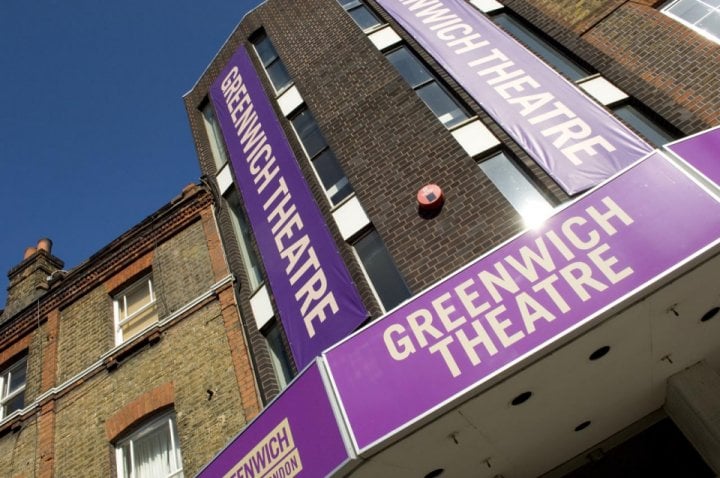
Turning engagement patterns upside down
How can arts and culture reach a broader audience that more accurately reflects local communities? Sarah Boiling explores how to c…

How can arts and culture reach a broader audience that more accurately reflects local communities? Sarah Boiling explores how to c…

Sharing information openly supports innovation and helps build resilience for the good of the whole sector, argues Cimeon Ellerton…

How can arts organisations develop the best possible strategy for their customer relationship management and ticketing systems? He…

National Trust venues are engaging with new audiences by empowering young people to run events with local communities, says Hattie…

Why do some in the sector feel that babies and toddlers have little to offer as audiences or participants? On the contrary, says C…

A non-verbal approach to music-making for the very youngest children offers a comfortable environment for new parents experiencing…

Stratford Circus Arts Centre, based in an area of London with high levels of child poverty, has come to realise that providing low…

The opportunities for very young children to experience the arts in rural Devon are few, as well as inconvenient and expensive. Ho…

Mark Doyle says that a clear sense of purpose has encouraged leading artists to participate in an ambitious programme of contempor…

Three cultural organisations in Wiltshire are now under one collective umbrella, giving them the opportunity to share data and cro…

While touring three productions around the UK, Unlimited Theatre developed a model for working with venues to engage local audienc…

The tendency for people from higher social grades to be more likely to attend arts events is down to a mismatch between current fu…

Becoming London's first Borough of Culture next year is just the beginning of a fundamental change of approach for Waltham For…

Just providing entertainment is no longer enough to draw in audiences. But by focusing on what people value, arts organisations ca…

Screened versions of live performances are mostly made by large organisations and consumed by those that would attend the arts any…

How can you find out what your audience really thinks? Ron Evans recommends observing them using your very own spy network.

It is exciting to explore and own the biases that we impart to audiences, argues Bea Udeh.

What are the characteristics, interests and motivations of the over-65 demographic? Lucie Fitton reveals all.

Jo Marsh and Sarah Featherstone explain how relocating Wrexham’s art gallery to a market and parking complex has helped make…

When James Haddrell took on the directorship of Greenwich Theatre over ten years ago, he didn’t know if the company had a fu…

By taking a robust approach to understanding the social class make-up of the workforce, the cultural sector can address entrenched…

“The largest set of aggregated data on cultural engagement anywhere in the world” is being made available for academic…

Three outer city venues around Leeds were found to have generated committed core audiences in areas perceived as barren.

New funding aims to bring disabled artists into the mainstream of European dance and theatre, and build a network committed to pre…